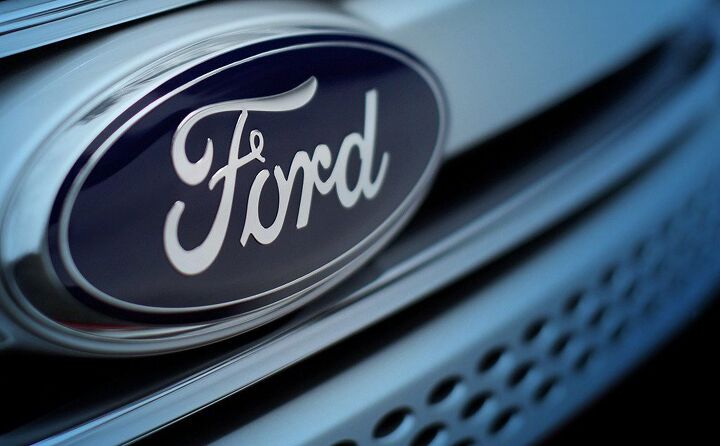#Components
Report: Honda Considering Seperate Supply Chain for Chinese Market
Honda is reportedly considering tweaking its global supply chain to create a firm distinction between the Chinese and global markets. While the whole world has seen production stymied by restrictive protocols introduced in response to COVID-19, the Chinese Communist Party has retained a zero-tolerance policy that appears to have totally upended its economy and resulted in continued factory stalls. That's bad news for several Japanese automakers that have stepped up their reliance on Chinese production.
Last year, roughly 40 percent of Honda's automotive production (which includes part sourcing) came through China. This year, the company is allegedly wondering how to tear itself away from the market without losing the ability to sell cars to its massive population.
Automakers Take Stock After Major Metal Supplier Admits Selling Shoddy Aluminum
It’s often hard to remove an ingredient after the cake’s emerged from the oven. Because of this, news of Kobe Steel’s falsified inspection reports no doubt came with a fair bit of nervous collar tugging for executives at several automakers.
The Japanese company, which has subsidiaries in numerous countries, is a go-to supplier for the automotive and aircraft industries, providing steel, copper and aluminum components to companies as diverse as Ford and Boeing. Last week, Kobe admitted to selling substandard (or suspected substandard) materials to 500 companies, among them Ford, Volvo, Toyota, Honda, Nissan, Mitsubishi, and possibly Mazda.
Oh, and Mercedes-Benz, Tesla, General Motors, Hyundai, and Renault.
Maybe you’ve heard of them.
Carbon Fiber Could Be Coming to a Ford Subframe Near You
If you’re worried that your corroded subframe will one day eject your car’s engine or suspension components like a spent hull from an Ithaca pump, the future holds promise. (Though you should still get that undercarriage checked out.)
Ford Motor Company, working with mega supplier Magna International, has developed a prototype vehicle subframe made of carbon fiber-reinforced composites. The goal is to one day offer a subframe that’s impervious to rust, while reducing weight and complexity.


















Recent Comments